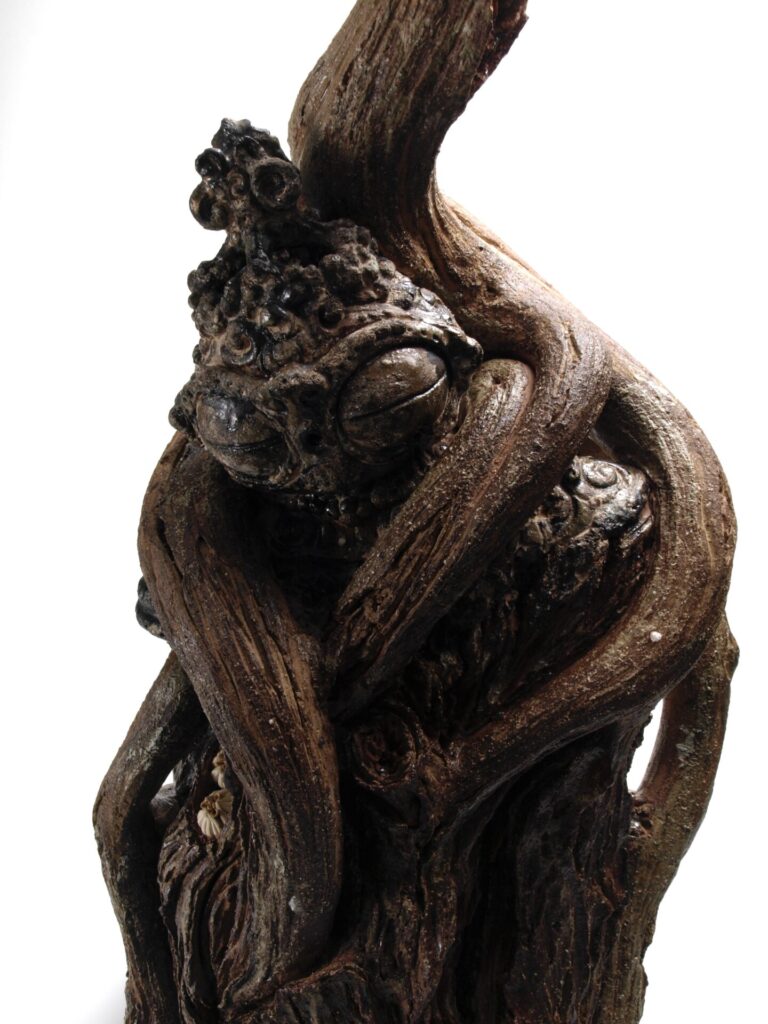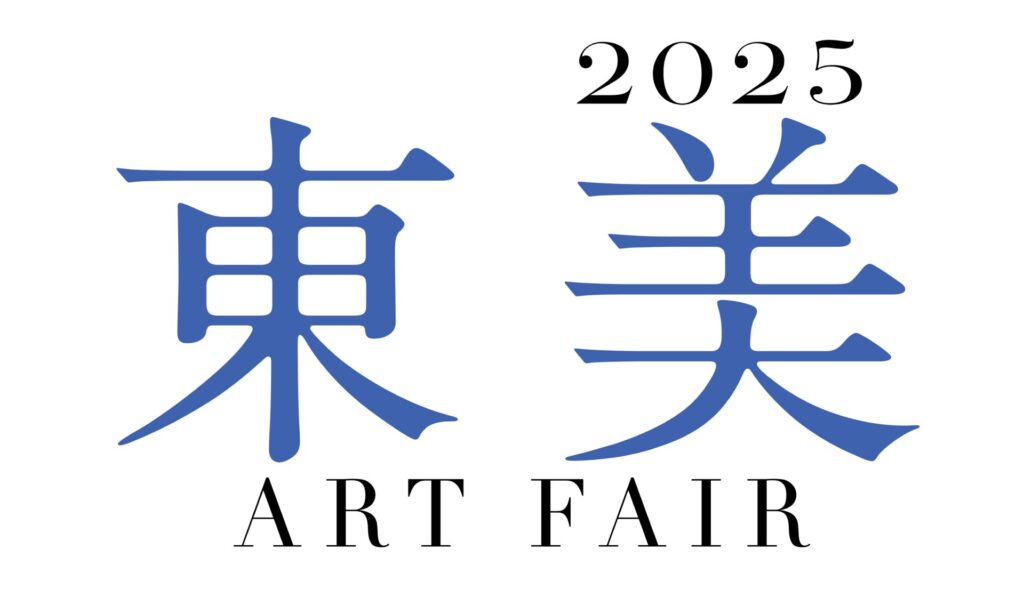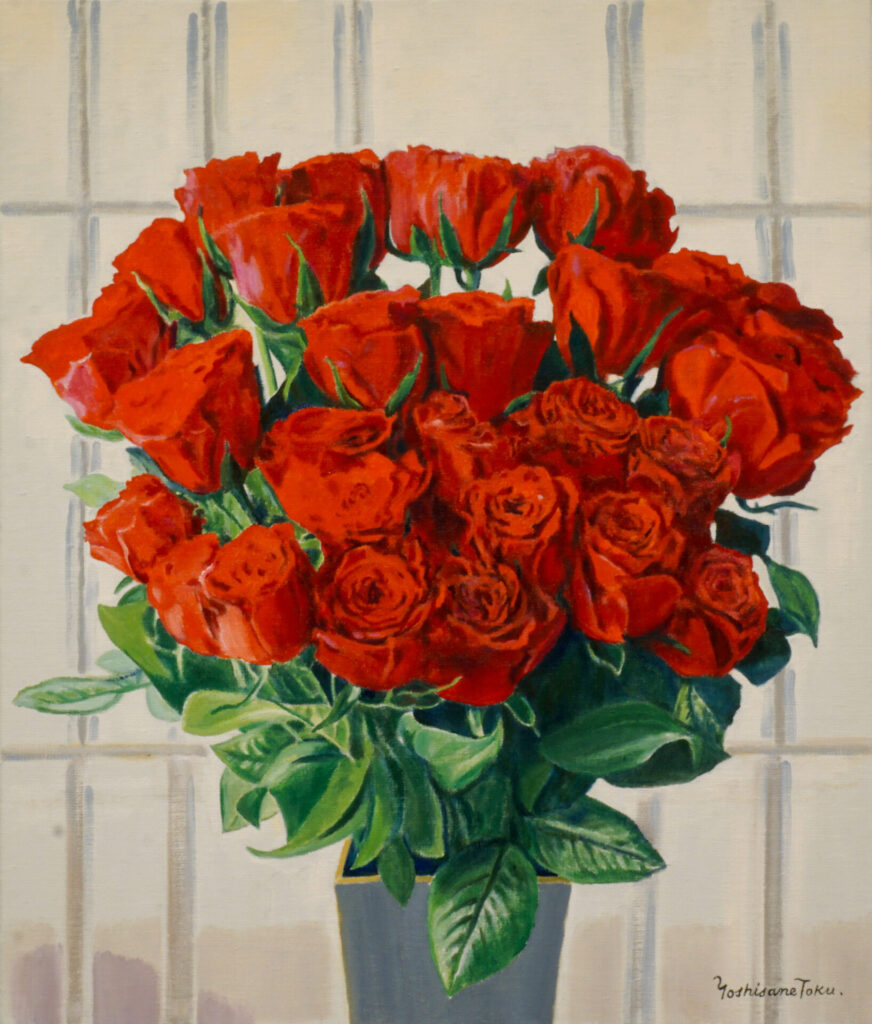ART TAIPEI 2018
日本が近世に終わりをつげ、近代国家への道を歩みだしたのが明治元年、ちょうど150年前。
欧米以外ではいち早く近代化を成し遂げた日本ですが、西洋絵画を学び、消化することもまた
急速に開始されました。
今回は、そうした明治時代の、まだ描かれ始めたばかりといえる油彩画を展示致します。
明治の終盤からは、後期印象派の影響や、日本における民主的空気の広がりなどが相まって芸術でも個性の自由な伸長と表現が盛んになります。それより前、西洋技法によって油彩が描かれ始めた初期は、明治以前の武士の教育が垣間見られるような、穏やかで品格のある作品が多く見られます。今回はこのような初期の油彩画を展示致します。
東京美術学校の祖・黒田清輝を画業に導いた山本芳翠、明治のごく初期にイタリアに渡り現地でも活躍したラグーザ玉、明治中期以降盛んになった水彩画としては石川欽一郎、アメリカでも活躍し精神医学者フロイトやダイアナ妃も愛した吉田博などを展示致します。
Precisely 150 years ago, Japan entered the Meiji period on an endeavor to evolve from its early modern ways to become a truly modern nation. Being one of the first non-Western nations to modernize, the Japanese people were quick to start studying and consuming Western art.
For this show, we proudly present such pieces from the Meiji era, when the Japanese had just begun practicing oil painting.
Towards the end of the Meiji era, unique and more liberal expression flourished with the influence of Post-Impressionism and an increase in democratic sentiment. Prior to those ages when Japanese artists had only just started oil painting incorporating Western techniques, much of the works had qualities of subdued dignity, suggesting the influence of Samurai traditions stemming from before the Meiji era. For this exhibition we feature such pieces from the dawn of Japanese oil painting.
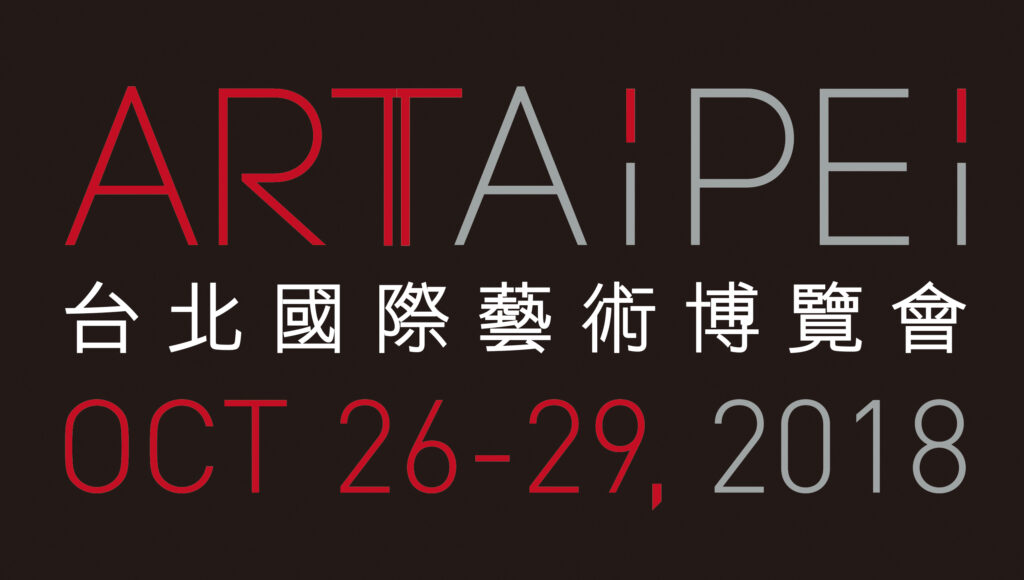
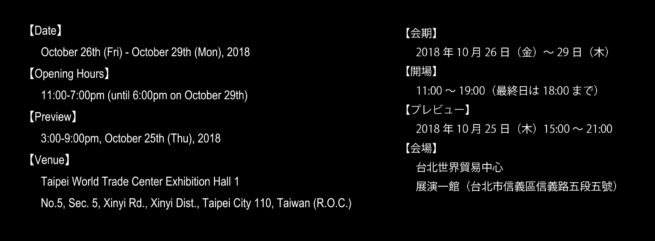
山本芳翠(1850~1906)
岐阜県恵那群明智村の農家に生まれ絵師になる志を抱き、京都で南画を学ぶ。1876年、工部美術学校が開校し、最初の生徒になるが一年で辞める。1878年には、パリ万国博覧会事務局雇いとしてパリに向かい10年間滞在。
1885年にジョルジュ・プティ画廊で個展を開く。一方で、その人柄から自宅は在留日本人のサロンのような場所になる。当時、法律家志望の黒田清輝、農業研究の合田清らの画才を見抜き、画家や版画家へ転向させる最初の導きをしたのは山本芳翠である。帰国に伴い個展出品作、模写などを含む400点もの滞欧作を軍艦「畝傍」に乗せて先発させたが沈没。帰国後に画塾「生巧館」を設立した後に浅井忠、原田直次郎らと明治美術会を設立。
1893年に黒田清輝が帰国すると、黒田を見込んだ芳翠は生巧館を黒田に譲り、黒田は久米桂一郎と共に天真道場と改名する。ここから外光派の新風が日本の美術界に吹き渡り白馬会の結成を呼び、黒田中心の新美術運動が一気に進展する。その背後には芳翠の尽力が常にあった。1894年、日清戦争に従軍。1903年には演劇や歌劇における洋風舞台装置の制作を行なった。この年、日本人による最初のオペラ公演となったグルック作曲「オルフェウス」(オルフェオとエウリディーチェ)の上演(ケーベル博士等の指導による)では背景画の一部を担当した。
エレオノーラ・ラグーザ(清原玉)(1861~1939)
日本が近代化に向かって突き進む直前の1861年、江戸の著名な寺院である増上寺の管理人である清原家の次女として生まれる。11歳のころから日本画家に学んでいた清原玉は、15歳の時、明治維新後まもなく新政府が設立した工部美術学校に彫刻教師として招聘されたイタリア人・ヴィンチェンツォ・ラグーザの指導を受ける。その後、ラグーザに見初められた玉は、1882年、ラグーザの帰国に伴い、イタリアに渡る。当地にて油彩画の研鑽を積んだ玉は、1889年ラグーザとパレルモ市内のカトリック寺院にて結婚。以降、エレオノーラ・ラグーザと名乗る。
日本語を殆ど忘れるほど現地で生活をつづけた玉は、ベネチアで多数の賞を受賞するなど活躍を続け、パレルモの美術工芸学校の副校長となった。夫の死後もイタリアにて生活を続けていたが、1931年、イタリア旅行中の日本人ジャーナリスト・木村毅が玉の存在を知り、帰国後 新聞に取り上げたことをきっかけに玉の名が日本中に知られることとなる。
1933年 日本に帰国し、各地で展覧会が催された。1939年没。
ごく初期にイタリアで活躍をした日本人女流画家の存在は現代においても伝説的となっており、その穏やかな作風は作家のしなやかで強い人間性を感じさせ、特に女性の収集家が多い。
Eleonora Ragusa(1861~1939)
Born in 1861 just before the rapid dawn of Japanese modernization, Tama was the second daughter of the Kiyohara family who were the keepers of the prestigious Edo temple of Zojoji. She had been tutored in traditional Japanese painting from the age of eleven, and at age fifteen studied under Vincenzo Ragusa who had been invited from Italy to teach sculpture at the School of Fine Arts, which the new government founded soon after the Meiji Revolution. Having being discovered by Ragusa, Tama traveled to Italy with him in 1882 and vigorously studied oil painting, eventually marrying Ragusa at a Catholic ceremony in his hometown of Palermo. From then on, she took the name of Eleonora Ragusa.
During her extensive life in Italy in which she almost forgot her mother tongue, Tama experienced success earning multiple awards in Venice, and also became the deputy headmistress of the School of Fine Arts and Crafts in Palermo. She continued living in Italy after the death of her husband, but became a sensation in Japan in 1931 when traveling Japanese journalist Atsushi Kimura wrote about her in a newspaper upon returning from his trip to Italy.
In 1933, Tama returned to Japan and numerous exhibitions of her work were held throughout the country. She died in 1939.
Her accomplishment as a decorated early female Japanese artist in Italy prevails as legendary to this day, attracting many female collectors who particularly appreciate the strong and graceful personality which emanates from her tranquil paintings.
石川欽一郎(1871~1945)
青年期の水彩に関わる欧州文献の盛んな翻訳を経て、晩年は達観した東洋的な画風に到達。東洋における水彩画の深化と定着を図った代表的人物であり、言わずとしれた、20世紀前半の台湾画界の重鎮となりました。その作品はほとんどが水彩ですが、現在においても極めて瑞々しい味わいを見るものにもたらしてくれます。
Kinichiro ISHIKAWA(1871~1945)
After vigorous interpretation of numerous western documents on watercolour in his early years, Ishikawa achieved a style which was unwaveringly Eastern. A pioneer in the establishment and deepening of watercolour painting in the Eastern world, he became a giant of the Taiwanese artscene in the early twentieth century. His artwork, most of which is watercolour, still delights viewers with its lustrous qualities.
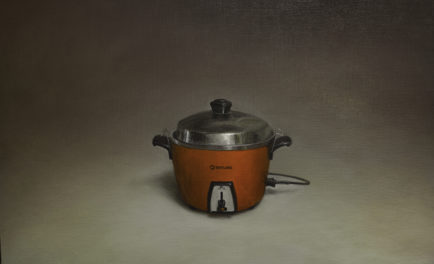
山田啓貴(1978~)
“Dining Table”
今回の展示は、” Memories of the dining table” とし、仮想のダイニングルームをインスタレーションする。
レオナルドのThe last supperのイメージを投影し、作家の個人的なダイニングルームにまつわる記憶を表現し、The last supperで描かれている内と外の関係、すなわち「内」としての部屋と「外」としてのlandscapeとの対比を見せる体験型の空間を設ける。
部屋の内部については、オリジナルのThe last supperにおけるサイドの壁面に掲げられたタペストリーの意味として食事にまつわる静物画が置かれる。全体を通じて読み解きが必要となる展示形式は、空間そのものを鑑賞してもらいつつ、油彩画本来の「読む絵画」としての役割の再認識を促すものとなる。
風景画には、現代を生きる作家の原風景ともいえる、北海道の自然や街並みなど、身の回りの風景が描かれる。
以下、作家の言葉である。
我々の考えでは、画家はいつの時代も身の回りの実体験を描いており、自分の眼差しに正直に、真実を描くことでそこに隠れるARTを表現してきた。
ダイニングテーブルを囲んで行われたのは日常でもあり、特別な時間でもあった。様々な思い出となって心に残ってゆく。人間模様を写しそれによって多くを学び、またある時は決起すべく集う。The last supperのように、ドラマは人が真剣に対峙するときに生まれ、うまくいけば歴史にのこる。ただならぬ気配はその証拠として漂い続け、後世の人に語り継がれ始める。何気ない日常の食卓であっても、その一つ一つが大切な宝物として思い出になってきた。そう!ダイニングテーブルは記憶媒体にもなり得るのだ!
Keiki YAMADA(1978~)
This exhibition titled “Memories of the dining table” takes the shape of an installation of an imaginary dining room.
Expressing the artist’s intimate memories of the dining room projected on the image of Da Vinci’s “The Last Supper”, this installation allows the audience to experience the relation between the inside and outside depicted in “The Last Supper”; namely the contrast between the “inside” of the room, and the “outside” being the landscape.
Inside the installation, still lifes relating to food which are hung on opposing walls act as the tapestries which flank the picture of the original “The Last Supper”. Requiring careful analysis, this particular exhibition form invites the audience to appreciate the entire space at the same time as urging us to consciously recognize oil painting’s fundamental role as art to be “read”.
The paintings of the nature and cities of the artist’s native Hokkaido are the personal landscapes of the contemporary artist.
From the artist:
“We have the conception that throughout the ages, artists have depicted their own experiences, expressing the hidden art in those moments by drawing the truth that reflects upon their honest eyes.
The dining table is witness to everyday life, something precious in itself. The dining table gifts us with countless memories. Sometimes it allows us to learn from the relationships woven around it, and sometimes it gathers us in action towards a universal cause. Like in ‘The Last Supper’, drama is born when people come face to face, the intensity of which can make history. The tension of those moments never cease to linger as they are gradually passed down through time. Precious memories can arise from any mundane gathering for dinner, and the dining table itself can become a vessel for those memories”.

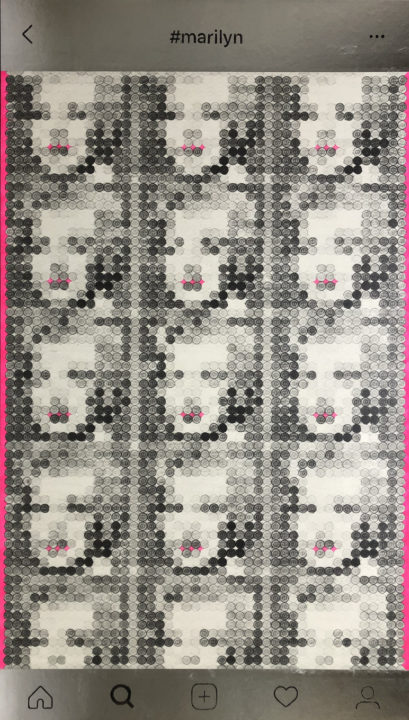
山本雄教(1988~)
“Dots of Life”
今回展示の中心となるのは、一円硬貨を素材とし人間の姿を表現した異なる二つのシリーズである。
一つ目が『One coin people』と題した、一円硬貨のフロッタージュで群像を描いたシリーズ。現在、あらゆる行動・行為は、金銭をはじめとする数字となってあらわれ、私たちの社会生活における価値として否応なしに示される。それは極めて合理的であるとともに、呪いのように私たちの身につきまとう。硬貨のフロッタージュという、価値の抜け殻のような表現によって画面に表れるのは、モザイク化した無機質な人々の姿である。ひとりひとりがディスプレイのドットの一つになっていくような、作家が考える現代の人間像を提示する。
二つ目が『Dots of life』と題した、敷き詰めた一円硬貨を紙越しに透かせて見せるシリーズ。敷き詰めた硬貨は紙に透け、表面に淡いドットとして表れる。濃淡の違いは金属の経年変化と、硬貨が様々な人の手を経てきたことによる汚れの差異だ。通貨は無機質で非情な存在であるように思えるが、硬貨に残るその跡は、人間同士の繋がりと営みの時間が凝縮されている。それは数字には置き換えられない、尊い生活の軌跡である。
この展示で対比される、フロッタージュに表れる無機質な人々の姿と、紙に透ける硬貨に表れる有機的な営みの時間。それは矛盾するようでいて、この世界に同居するものである。今展では財布の片隅にある硬貨を元に、小さな点が世界に広がっていくような、世界が小さなドットのひとつに過ぎないような、ユーモラスで楽観的な期待や願望と、シニカルで絶望にも近い諦念を行き来し、すぐそばにある世界の一端を垣間見せる。
Yukyo YAMAMOTO(1988~)
This exhibition is centred around two different series each depicting human beings using one yen coins.
The first series titled “One coin people” pictures crowds of people with frottaged yen coins.
Nowadays our every actions and practices are translated into numbers, namely amounts of money, which unavoidably remind us of the value of our social lives. Whilst being extremely logical, this system clings to our beings like a bad curse. The yen coin frottages, being empty shells of value, draw upon the screen the cold and pixelated figures of humankind. This image -as though reduced to single dots on an electronic display- reflects how the artist sees the people of today.
The second series titled “Dots of life” presents us with yen coins laid out beneath single sheets of translucent paper. The assembled coins can be seen through the paper as faint dots, which vary in tone according to the various stages of metal ageing and the amount of grime accumulated by the coins being passed through numerous hands. While currency may at times seem inorganic and brutal, a condensation of human connection and tireless activity are ingrained in the marks left on these coins. These are the traces of precious human life, which cannot be replaced by mere numbers.
The contrasting expressions of dehumanized frottaged people and the organic traces of human activity on coins seen through paper may seem contradictory, but both are aspects which inhabit our world. This exhibition shows us a world which swings between humorous optimism filled with hopes and wishes, and cynical resignation on the verge of despair; a world that could vastly expand from a single coin in your wallet, or that could be reduced to a mere dot.



